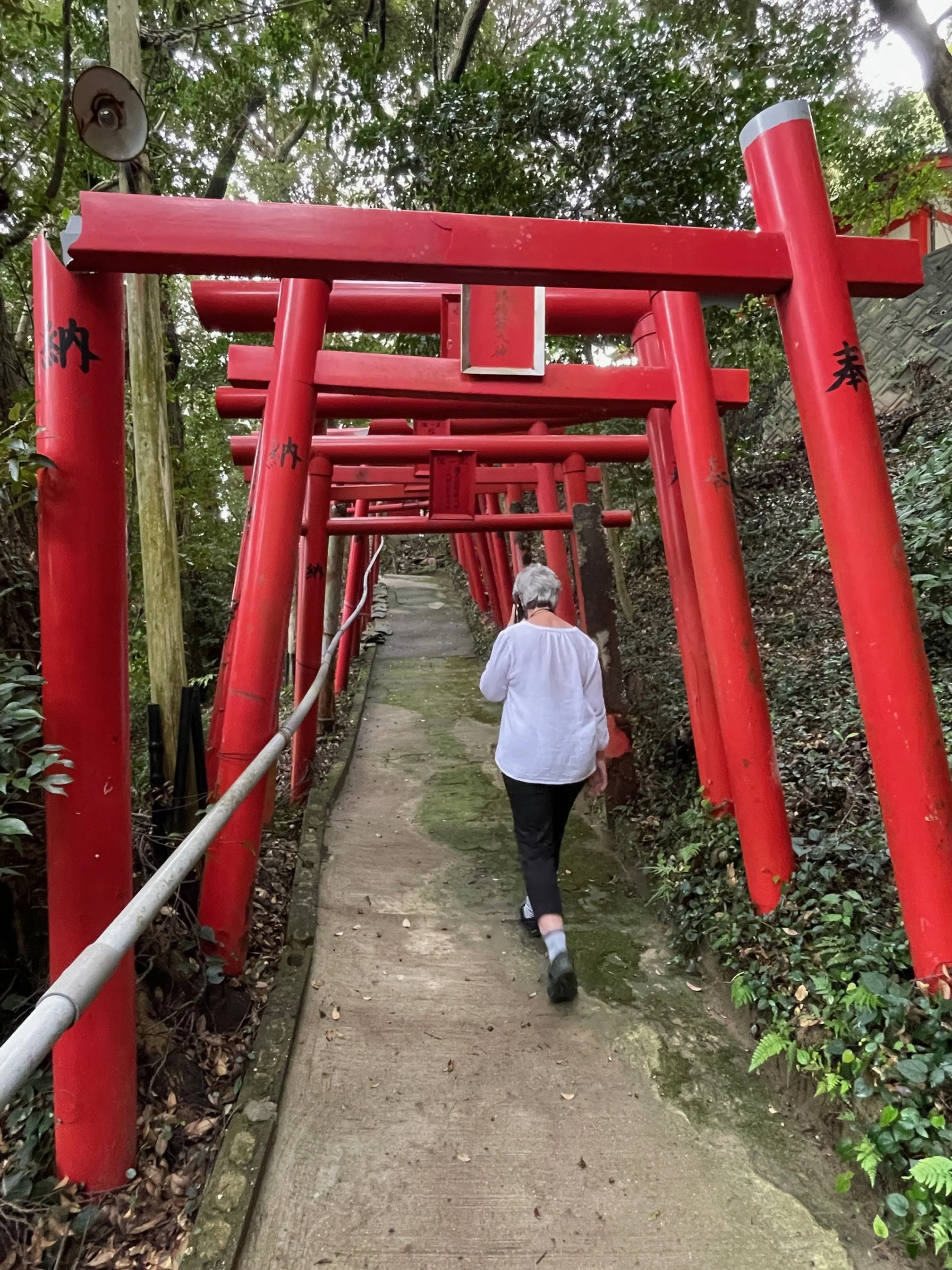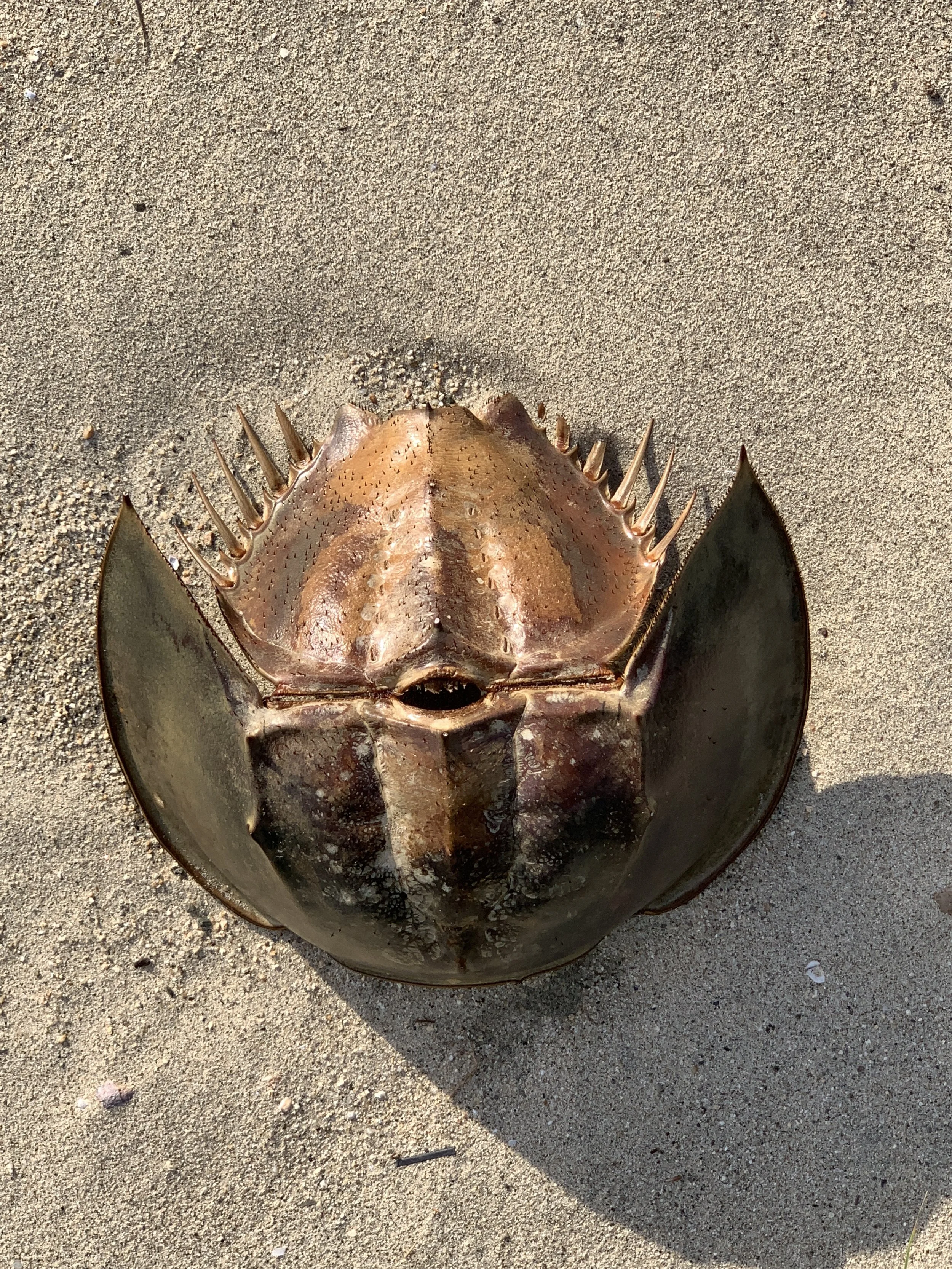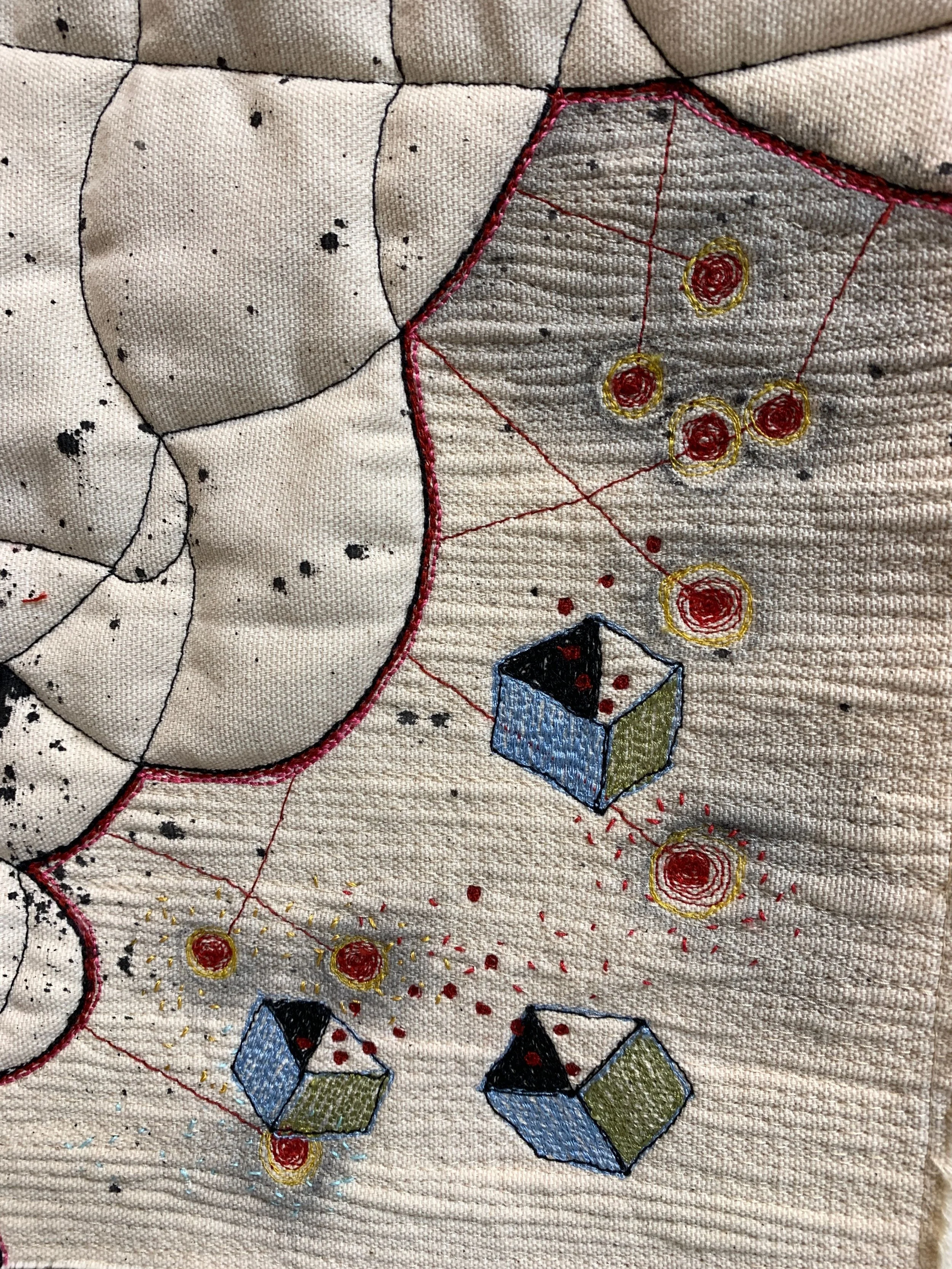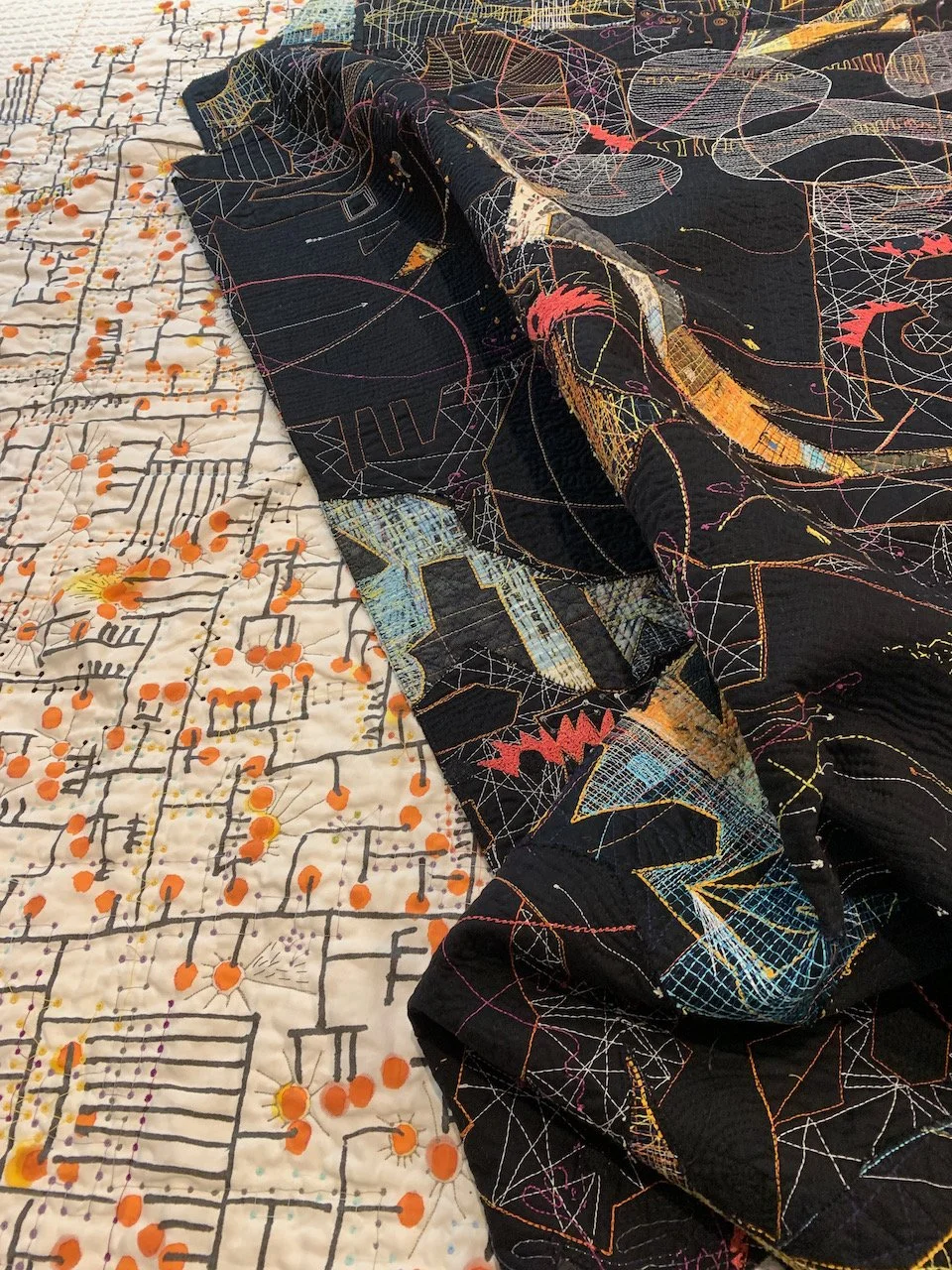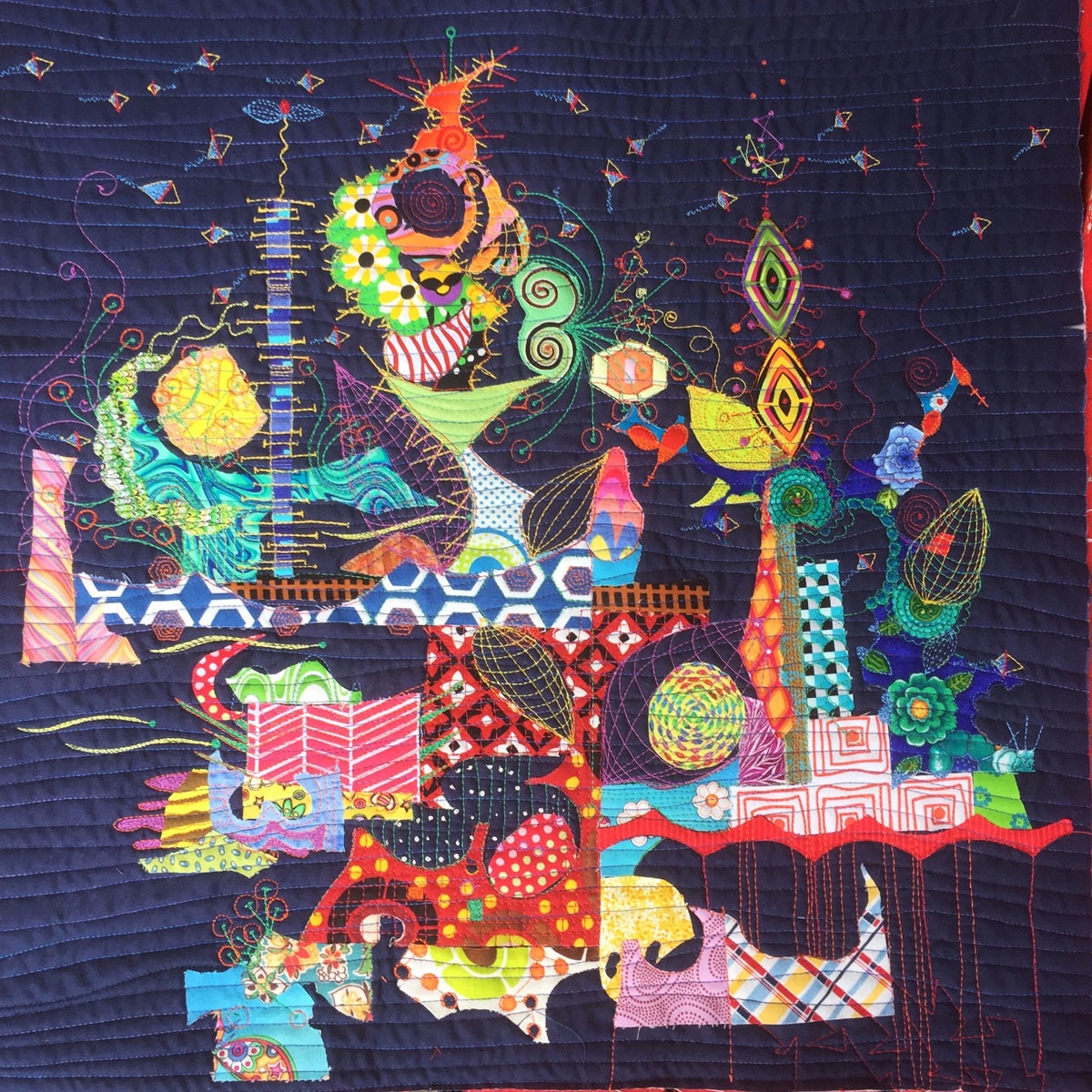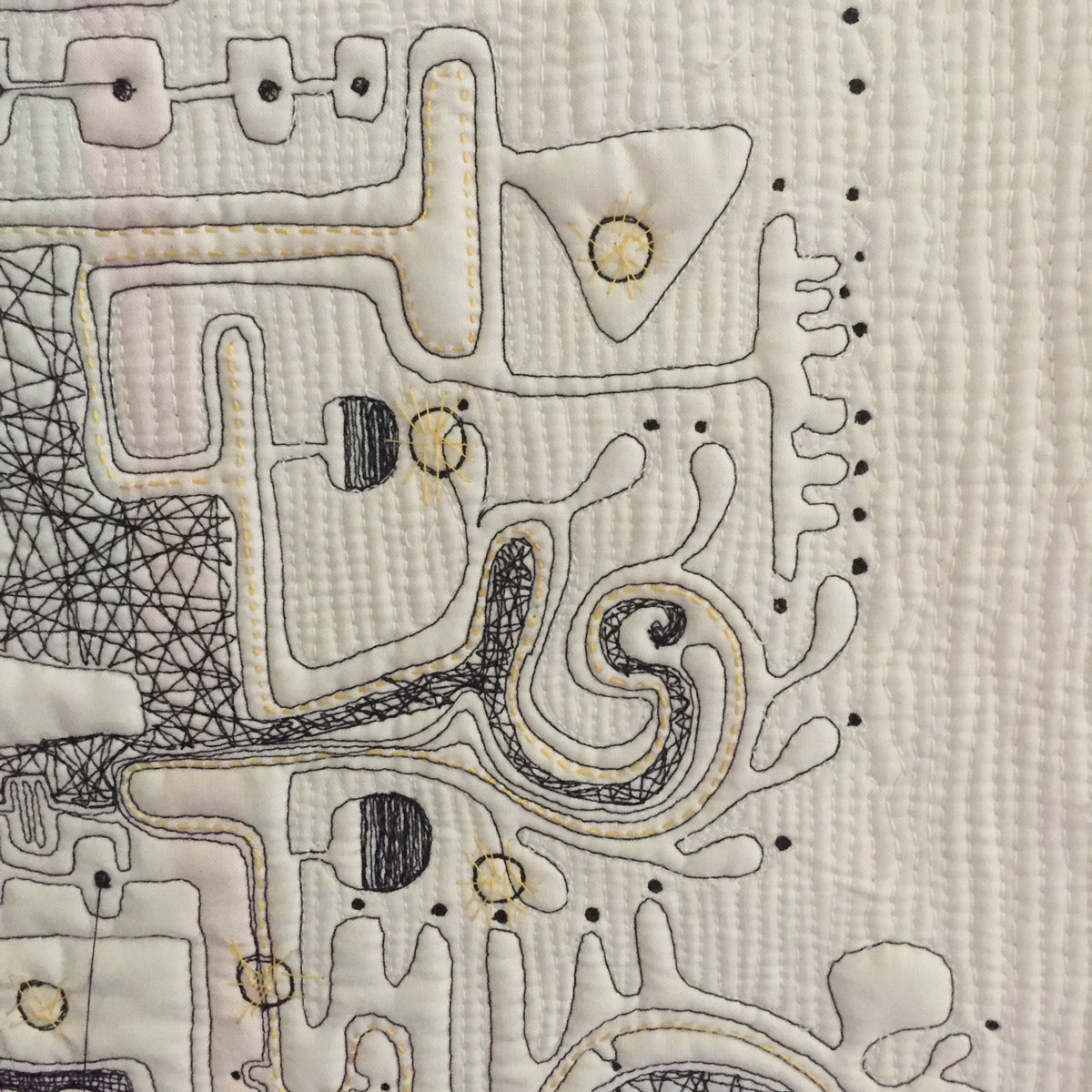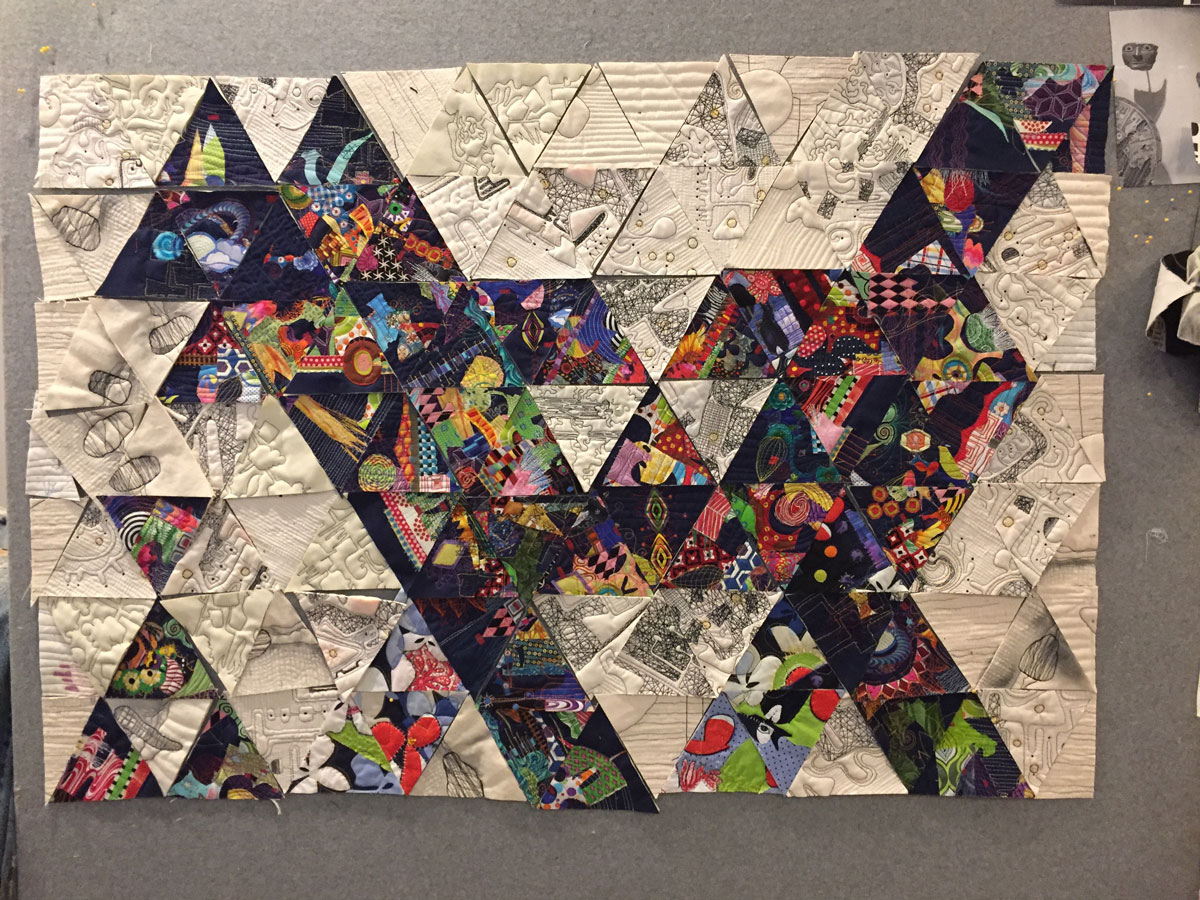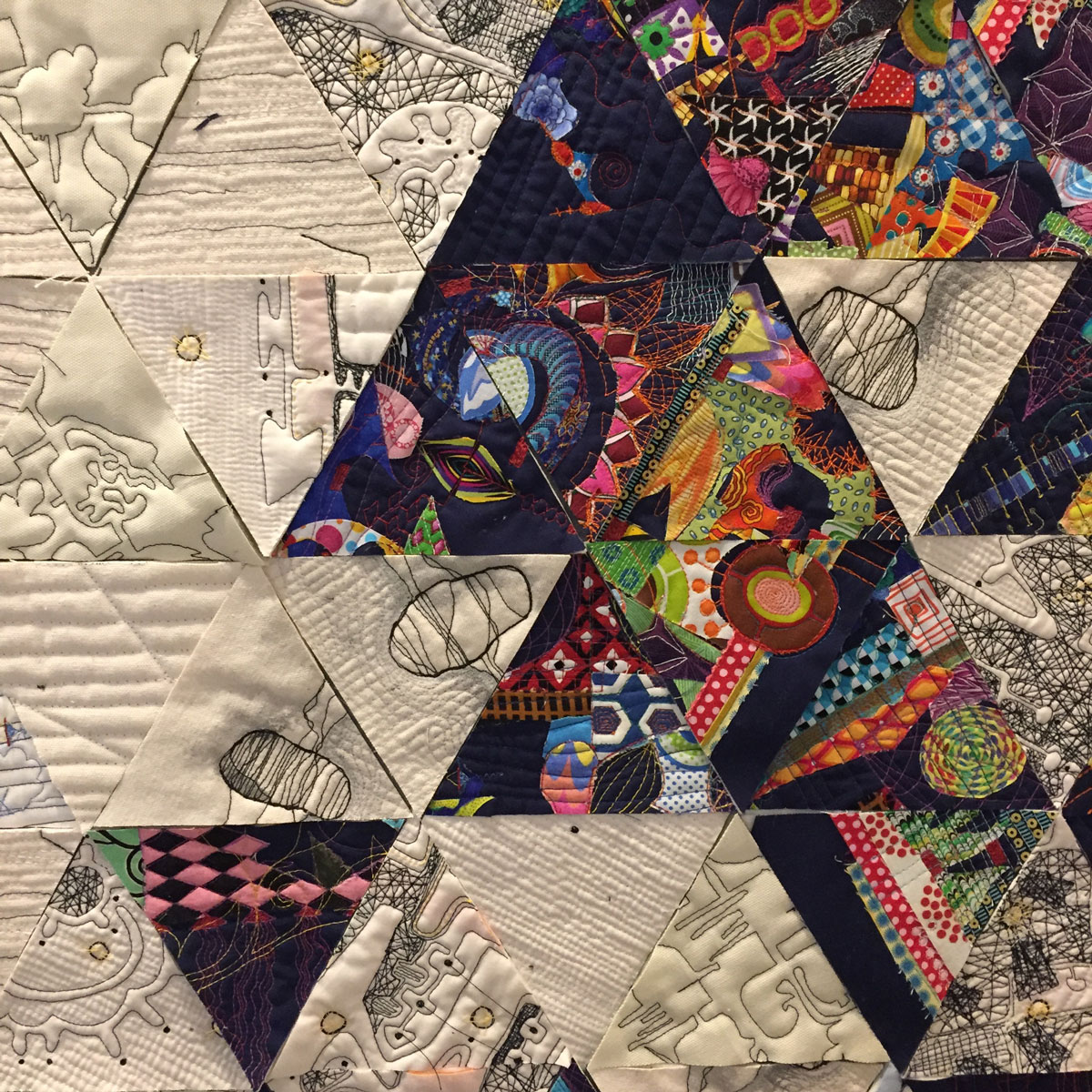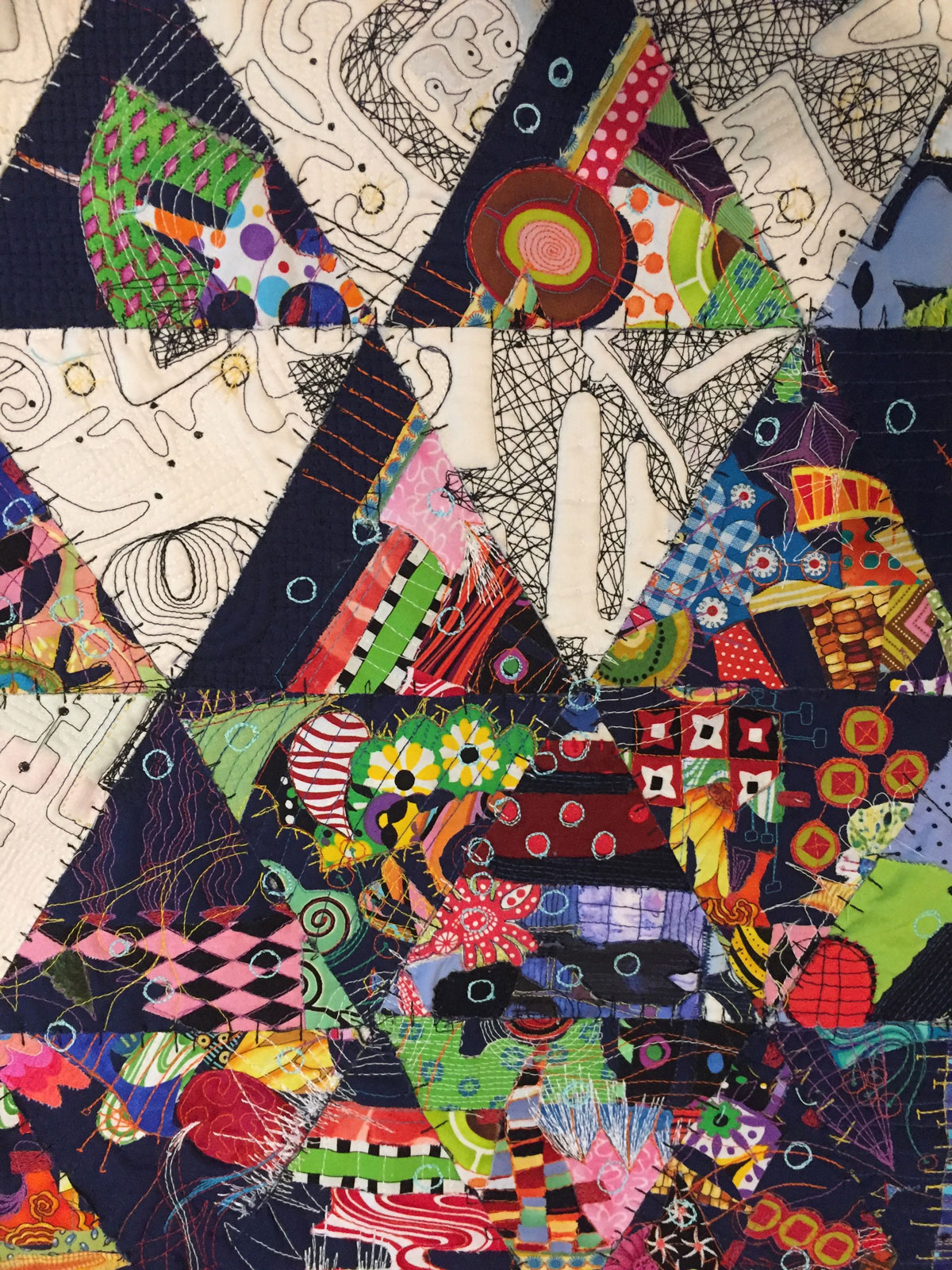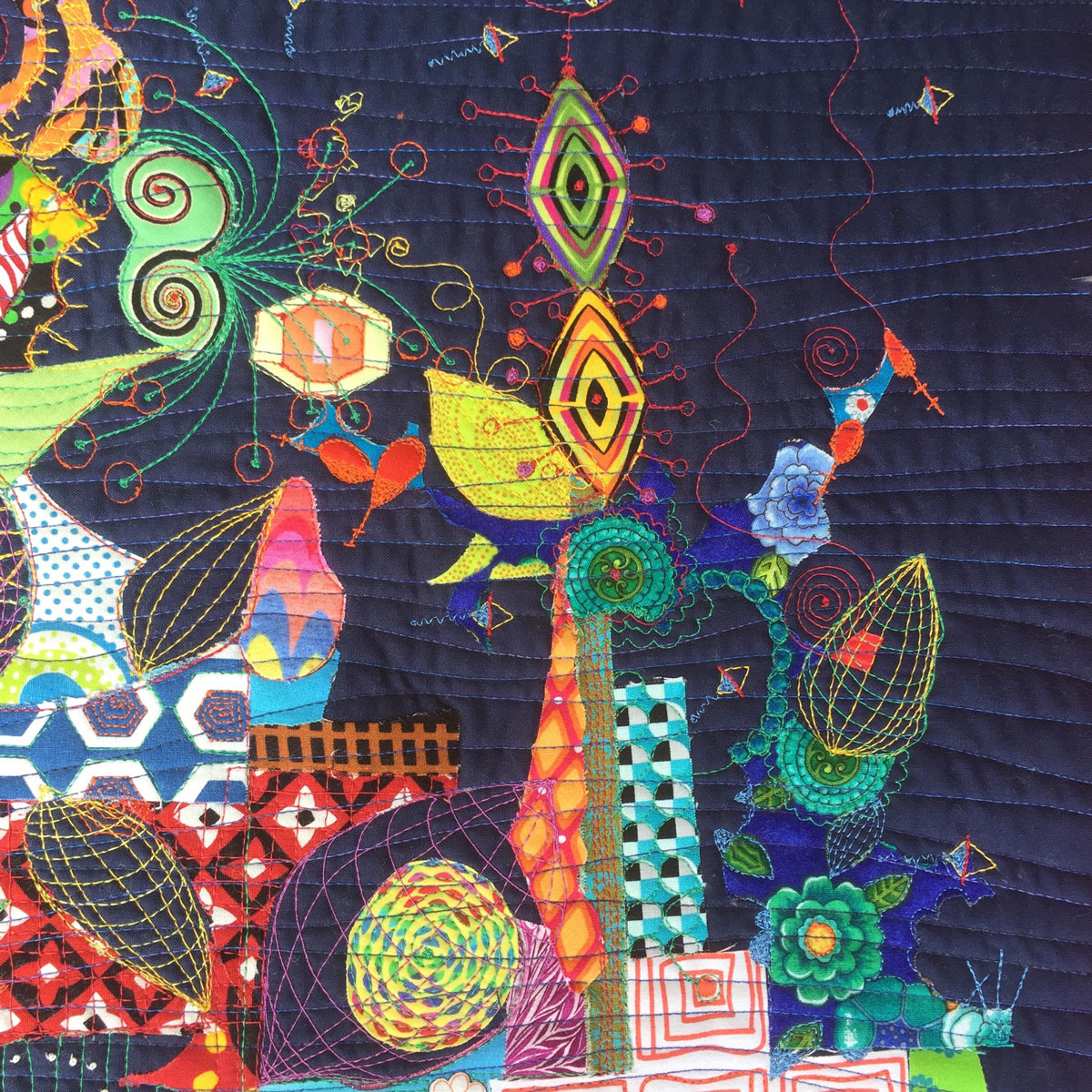I’ve been thinking about what we don’t say.
When asked how we are doing we say “fine.” Not “I’m anxious as hell and I don’t want to take it anymore.“ When we are in a group of strangers it’s difficult to talk about abortion, racism, immigration or politics because it might step on some peoples beliefs. We send out little hints in polite company, feeling out which side of the great divides they are on before revealing our position. We use code words to express our dislike. In the South it is “bless her heart” for someone who is hopelessly wrong or clueless.
So I started thinking about how a language that doesn’t say anything would look. Kind of a secret language we keep to ourselves as we navigate these non-conversations. It’s a language only we understand. You know how it sounds right? It’s that voice inside that calls out your truth but in a whispering tone that only you can hear.
These hieroglyphic shapes could mean anything to the passing stranger. Or nothing.
And then I started thinking about what holding back does to our consciousness. How does NOT saying something affect what I believe to be true? How does NOT saying something create a tacit understanding among community members of where I stand? How does NOT saying something affect my inner peace? Does saying my truth out loud create barriers or bridges?
I’m all over the place with this. It’s hard to even write what I mean here.
Does polite conversation have a place in the dialog of change? Certainly ambassadors must use it when they are negotiating deals with despots. They seed their conversations with objectives while avoiding hot spots. Our president seems to think that name calling and dramatics will result in him getting his way. But will it? Or does the abandonment of polite conversation give us chaos instead?
Keeping my truth to myself results in little reservoirs of doubt and anxiety.
So here is Better Not Said. A study of inner thoughts and outer NON dialog.
Better Not Said, 41” x 26.5”, linen, cotton, thread and batting. Paula Kovarik






